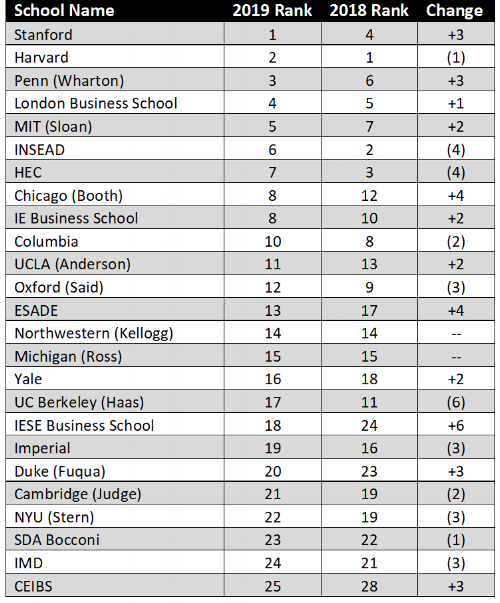Last week the Supreme Court ended Affirmative Action in its 6-3 ruling against UNC and Harvard. The ruling determined that the schools, which used race as a component in admissions decisions, did not adequately justify their use of race and violated the Equal Protection Clause of the 14th amendment. Chief Justice John Roberts wrote, “Eliminating racial discrimination means eliminating all of it.”
The court left some room for nuance noting that a candidate may discuss race in terms of how it played a role in their development. “A benefit to a student who overcame racial discrimination, for example, must be tied to that student’s courage and determination,” Roberts wrote. “In other words, the student must be treated based on his or her experiences as an individual—not on the basis of race.”
Nationally, many in the medical and legal communities shared their disappointment in the decision and noted their belief that it will negatively impact diversity. Below, we’ve provided highlights of some of the statements released after the decision.
American Medical Association (AMA): “Today’s decision by the U.S. Supreme Court undermines decades of progress centered on the educational value of diversity, and will reverse gains made in the battle against health inequities. This ruling restricts medical schools from considering race and ethnicity among the multiple factors in admissions policies and will translate into a less diverse physician workforce. Diversity is vital to health care, and this court ruling deals a serious blow to our goal of increasing medical career opportunities for historically marginalized and minoritized people.” Full statement available here.
Association of American Medical Colleges (AAMC): “We are deeply disappointed with the U.S. Supreme Court’s decision to dismantle its longstanding precedent in the 2003 case, Grutter v. Bollinger, which had recognized student body diversity as a compelling interest permitting the limited consideration of race in admissions. Today’s decision demonstrates a lack of understanding of the critical benefits of racial and ethnic diversity in educational settings and a failure to recognize the urgent need to address health inequities in our country.” Full statement available here.
American Medical Student Association (AMSA): “In accordance with our Preamble, Purposes and Principles, AMSA remains steadfast in its unwavering commitment to advocating for racial equity in education and healthcare. As future physicians committed to justice and equality, we are profoundly outraged and decry the restriction of affirmative action. We strongly support increased representation of minority students in all levels of education, including colleges and medical schools. By fostering diversity and inclusion, institutions have the power to create more empathetic and inclusive learning environments. Moreover, it has been repeatedly evidenced that diversity within the healthcare workforce and medical education system improves healthcare outcomes.” Full statement available here.
American Bar Association (ABA): “The U.S. Supreme Court has ruled that the admissions programs at Harvard University and the University of North Carolina violate the equal protection clause of the 14th Amendment. The ABA has a long history of supporting affirmative action and the consideration of race as one of many factors in law school admissions. We believe it is imperative that colleges, universities and state legislatures find alternative ways to create a diverse and talented student body. Law schools are training grounds for lawyers and play an important role to ensure a diverse bench and bar, which are critical to minimizing implicit bias and inspiring greater public faith in the rule of law.” Statement available here.
AccessLex Center for Legal Education: Executive Director, Aaron Taylor, told Reuters that the decision, "deprives schools of one of the most effective tools for fostering student diversity."
Law School Admission Council (LSAC): President, Kellye Testy, told Reuters that the decision will negatively impact law schools’ ability to keep up diversity levels. “All of us in legal education, at bar associations, and in practice are going to have to redouble efforts to make sure the entire pre-law to practice pipeline is better,” she said.







